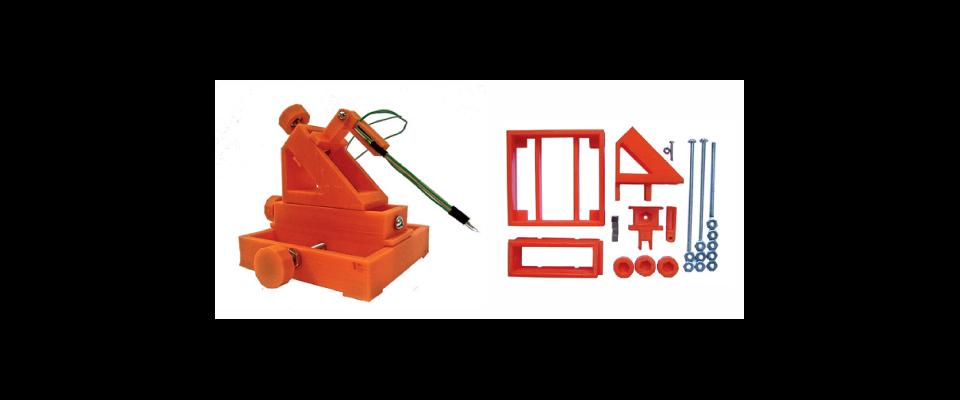A Berkeley Staffer’s nontraditional use for lab equipment.
Last fall with Oktoberfest just around the corner, Phil Broughton, a radiation safety technician at Berkeley, found himself in need of a stein: “I had a really nice earthenware one, so I tore the kitchen apart looking for it.” He didn’t find the stein, but he did spot his 1.9 liter dewar, a piece of scientific equipment designed to keep substances at extreme temperatures. When he purchased it, Broughton says he thought, “I don’t know why I’d need a dewar, but why wouldn’t I need a dewar?” Turns out, it was good thinking. Nine hours and a few minor accidents later, he had adapted his dewar into a serviceable beer mug.
His device attracted quite a bit of interest at the fest—not just for its sleek metallic look and attractive size, but also because it kept his beer cold all day. Since then, he’s spent his spare time making “Steins of Science,” available by order through his company Funrarium Labs. For each, he equips a dewar with a handle and some safety features. The dewar itself is made of silvered, laboratory-grade borosilicate glass molded into a double-walled cylinder. A vacuum between the two walls prevents your hand or the warmer ambient air from heating up the liquid within. Because the container is designed to hold substances like liquid nitrogen, it has a powerful vacuum on the order of one one-hundred-millionth of an atmosphere; a common Thermos, Broughton estimates, has a vacuum pressure of about one-tenth of an atmosphere.
For Broughton, who spends his workdays monitoring the handling of radioactive materials on campus, science has become a way of life. He experiments with food at home, using scientific equipment to measure out ingredients precisely. He has frozen whiskey into cubes and experimented with cold extraction of coffee to make a substance he’s dubbed “Black Blood of the Earth.” He refers to his hobby as a “misuse of science,” but if the purpose of technology is to improve our lives, those of us who value a beer that stays cold to the last drop could argue that here is science at its best.




















